Infrared heaters, also known as radiant heaters, are heaters that emit infrared heat waves. Infrared heat waves are defined as long electromagnetic waves that are located near the visible light section of the electromagnetic spectrum. As this definition implies, infrared heaters emit infrared light energy that we cannot actually see. Rather, we can only feel it. For this reason, people often compare infrared heaters to the sun. Read More…
At Backer Hotwatt, Inc., we dedicate ourselves to designing and manufacturing precision heating solutions that meet the demanding requirements of our customers across diverse industries. We specialize in creating high-performance infrared heaters, engineering each product to deliver reliable, efficient, and targeted heat where it is needed most.

At Casso-Solar Technologies, we take pride in advancing the science of infrared heating through precision engineering and decades of innovation. We design and manufacture high-performance infrared heaters that serve a wide range of industrial and commercial applications, including drying, curing, heating, and processing systems.

At Infratech, we are pioneers in the design and manufacturing of premium infrared heating systems that bring comfort, efficiency, and performance to residential, commercial, and industrial environments. Our focus has always been on delivering precision-engineered solutions that harness the clean, radiant warmth of infrared energy to create comfortable and controlled climates without compromise.

At Marley Engineered Products, we take pride in designing and manufacturing high-performance heating and ventilation solutions that deliver lasting comfort and energy efficiency. Our expertise in infrared heating technology allows us to create systems that provide consistent, targeted warmth in a wide range of environments, from industrial facilities and commercial spaces to residential...

More Infrared Heater Manufacturers
Similar to the natural warmth you feel from sunlight, infrared heaters provide direct heating by emitting infrared radiation that warms only the objects and surfaces it encounters, rather than the surrounding air. Imagine standing beneath a tree on a sunny day: the shade shields you from the sun’s infrared energy and keeps you cooler, while stepping into the sunlight immediately brings a sense of warmth. This fundamental principle is at the heart of how both residential infrared heaters and industrial infrared heating systems operate, making them highly efficient and targeted solutions for both commercial and personal heating needs.
Infrared Heater Applications
Infrared heating technology leverages electromagnetic waves to deliver substantial radiant heat, which is readily absorbed by people, objects, and materials. These infrared heating elements generate waves that travel through space without the need for a physical medium such as air. This unique property allows infrared heaters to function effectively in both enclosed and open environments, making them highly versatile.
Where are infrared heaters used? The broad range of infrared heater applications spans from compact space heaters for bedrooms and home offices to powerful units for commercial and industrial use. Key applications include:
- Small and large space heating, including living rooms, garages, and workshops
- Central heating solutions for residential and commercial buildings
- Process heating in manufacturing environments, such as industrial oven heating
- Outdoor heating for patios, restaurant terraces, and event spaces
- Plastic welding, glass processing, and drying of coatings in factories
- Medical applications, including targeted heat therapy and arthritis pain relief
- Animal care in veterinary clinics, agricultural facilities, and zoos
- Food service applications, such as keeping dishes warm in restaurants
By delivering instant and focused warmth, infrared heaters improve comfort, increase energy efficiency, and reduce operating costs for homeowners, facility managers, and industrial operators alike.
History of Infrared Heaters
The story of infrared heating begins in 1800, when Sir William Herschel, a pioneering German-British astronomer, discovered infrared radiation. Conducting experiments with a homemade spectrometer, Herschel measured how different wavelengths of light affected temperature. He found that the region just beyond visible red light—what we now know as infrared—caused the greatest temperature rise.
Herschel’s scientific breakthrough laid dormant for more than a century, until the onset of World War II. During the war, manufacturers realized that infrared heat lamps could rapidly dry and cure paints and lacquers on military vehicles and equipment, dramatically reducing production times. Post-war, this technology was adapted by the automotive industry for efficient drying and curing of vehicle finishes, leading to the development of infrared tunnels that revolutionized assembly lines by the 1950s.
Today, infrared heating technology is one of the leading methods for heating, drying, and curing in diverse sectors. Its continued popularity stems from its energy efficiency, cost-effectiveness, and adaptability for a wide array of commercial, industrial, and residential applications.
Infrared Heater Design
How are infrared heaters built? At the core of every infrared heater is a heating element paired with a reflective surface designed to direct the heat waves toward the target area. For safety, the heating element is encased in a protective enclosure, ensuring both user safety and efficient heat distribution.
Heating Element Materials
The performance of an infrared heater depends greatly on the materials used for its heating element. Common options include:
- Quartz heating elements: Renowned for rapid heating and high durability, quartz is the industry standard for many electric infrared heaters.
- Tungsten wire: Frequently used in high-intensity electric heaters due to its exceptional heat resistance and longevity.
- Ceramic elements: Offer efficient, long-wave infrared emission and are often used in animal care and industrial drying.
- Glass and metal filaments: Used in specialized applications requiring specific wavelengths or durability.
Enclosure Materials
The outer housing or enclosure of an infrared heater must withstand high temperatures while maximizing heat absorption and reflection. Standard materials include:
- Stainless steel and steel (robust and corrosion-resistant)
- Aluminum (lightweight and thermally conductive)
- Iron, copper, and brass (used for specialty designs)
Considerations and Customization
What should you consider when choosing or designing an infrared heater? Key factors include:
- Shield material and insulation for safety and efficiency
- Maximum internal operating temperature
- Required voltage and wattage capacity
- Type of power source (electricity, natural gas, propane, or petroleum)
- Optional features such as built-in fans for improved heat distribution
- Mounting options (wall, ceiling, portable, or freestanding units)
Manufacturers can tailor infrared heaters to specific requirements, offering custom solutions for unique heating challenges in both commercial and industrial applications.
Types of Infrared Heaters
Which type of infrared heater is best for your needs? Infrared heaters are available in various configurations, each engineered for particular settings and purposes. The three principal categories are:
- Indoor Heaters: Home and office heaters designed to warm interior rooms and objects efficiently. Examples include portable electric infrared heaters, wall-mounted panel heaters, electric fireplaces, infrared grills, and in-wall radiant systems. These models are ideal for supplemental or primary heating in bedrooms, living areas, basements, and more.
- Outdoor Heaters: Purpose-built to provide instant, direct warmth to exterior spaces such as patios, decks, restaurant terraces, and event tents. Patio heaters and outdoor infrared heaters are highly effective because they deliver radiant energy directly to people and objects, regardless of ambient air temperature.
- Industrial Infrared Heaters: High-capacity systems for factories, warehouses, production lines, and large open spaces. These heaters are designed to handle demanding projects, including process heating, curing, drying, and material preparation.
Infrared heaters can also be classified according to their heating element, power source, wavelength, or physical form. Explore the following types:
- Quartz Heaters: Feature quartz or tungsten filaments encased within quartz glass tubes. Their rapid heating and durability make them ideal for medical, healthcare, animal incubation, space heating, industrial drying, food processing, chemical processing, and glass manufacturing.
- Ceramic Heaters: Employ ceramic heating elements in various shapes—flat, concave, or bulb—emitting long-wave infrared radiation (2–10 µm). Commonly used in agricultural, veterinary, and industrial drying applications.
- Electric Infrared Heaters: Rely on coiled tungsten wire or other metal elements to deliver immediate heat. These are popular in households and offices for their low operating costs and high efficiency.
- Gas-based Infrared Heaters: Utilize natural gas, propane, or petroleum as fuel. Heat is transferred via ceramic exchangers or tubes and reflected into the target area. While highly effective for large-scale industrial or outdoor use, they are less environmentally friendly than electric models.
- Tube Heaters: Incorporate heating elements within a radiant tube, enabling focused and efficient heat delivery. Tube heaters are widely used in industrial drying, manufacturing, and commercial spaces. Learn about tube heater options.
- Heat Lamps: Specialized lamps with infrared bulbs, often used for targeted heating in medical therapy, food warmers, and reptile habitats.
- Short Wave Infrared Heaters (NIR): High-intensity heaters operating above 1800°C, delivering peak power densities suitable for deep heating of silica and other materials, but not ideal for drying processes due to their wavelength.
- Medium Wave and Carbon Infrared Heaters (CIR): Deliver effective heating at moderate filament temperatures (1000–1500°C), with applications in industrial drying, curing, and comfort heating.
- Far Infrared Heaters (FIR): Use low-watt ceramic plates to emit gentle, non-drying infrared radiation. Popular for saunas, yoga studios, and allergy-sensitive environments, FIR heaters operate at low temperatures and do not emit dust or odors.
Radiant heating systems deliver heat directly to floors, walls, and ceiling panels, using infrared radiation to efficiently warm rooms. This method is similar to how a stovetop radiates warmth throughout a kitchen.
Radiant floor heating, a popular subcategory, uses either electric coils or hydronic tubing to heat floors, which then radiate warmth upward. These systems rely primarily on convection to distribute heat, but also provide significant radiant comfort.
Benefits of radiant heating systems:
- Invisible hardware for seamless interior design
- High energy efficiency and cost savings
- Compatibility with smart thermostats and home automation
- Minimal maintenance for electric radiant floor systems
- Versatile installation under any type of flooring
- Easy installation during new construction or renovations
- Superior indoor air quality—no dust or allergens circulated
- Even, comfortable warmth throughout the space
What should you consider when selecting a radiant heater?
- Maximum sheath (operational) temperature
- Wattage and kilowatt rating
- Required AC voltage
- Maximum watt density (watts per square inch)
- Length and size of the heated area
Common radiant heating applications:
- Industrial plants and warehouses
- Garage heating, workshops, and loading docks
- Narrow aisles and storage facilities
- Paint drying, hopper heating, and material processing
- Freeze protection for pipes and valves
- Space heating, food processing, water evaporation, and sterilization
- Material preparation, bonding, and joining in manufacturing
Types of radiant heating systems:
- Electric Radiant Heating: Uses resistive electric coils insulated within polymer sheets. Suitable for precise, zone-based heating and easy installation.
- Hydronic Radiant Heating: Employs a boiler to circulate hot water through underfloor pipes. Offers lower operational costs but requires careful installation to avoid leaks or breakages.
- Air Radiant Heating: Uses forced hot air, but is generally less efficient due to air’s low heat retention capacity.
Advantages of Infrared Heaters
Ease of Use
Infrared heaters offer user-friendly controls, including thermostats and remote operation, making it simple to adjust heat output for maximum comfort and efficiency.
Efficiency
Compared to standard gas heaters and UV lamps, infrared heating systems provide faster and more uniform heating for both residential and industrial settings. By directly heating objects and people instead of wasting energy on heating the air, infrared heaters produce immediate warmth and reduce energy consumption.
Uniform Heating
Because infrared radiation doesn’t require air as a medium, infrared heaters eliminate cold spots and drafts often found with convection heaters. This results in consistent, even heating throughout the target area, enhancing comfort and reducing utility costs.
Eco-Friendliness
Infrared heaters—especially electric models—are environmentally friendly, producing no direct emissions, harmful gases, or pollutants. They also help maintain indoor air quality by not circulating dust or allergens, and do not deplete oxygen or moisture from the air.
Safety
Modern infrared heaters feature advanced safety mechanisms such as tip-over protection, overheat sensors, and cool-touch housings. Since electric models do not burn fuel, they pose minimal risk of carbon monoxide poisoning or fire, making them safe for homes, offices, and livestock facilities.
Cost-Effectiveness
Due to their targeted and efficient operation, infrared heaters typically consume less energy than forced air systems, resulting in lower utility bills for space heating, curing, and drying applications. Their longevity and low maintenance requirements further contribute to cost savings.
Versatility
From portable space heaters that provide supplemental warmth in bedrooms to industrial infrared panels for manufacturing processes, infrared technology adapts to nearly any use case. This flexibility makes it a preferred choice for many buyers seeking reliable, energy-efficient heating solutions.
Health and Comfort
Because infrared heaters do not reduce oxygen or humidity levels, they help maintain a healthier indoor environment. This is particularly beneficial for people with allergies, asthma, or respiratory sensitivities.
Infrared Heater Maintenance and Proper Care
How do you maintain your infrared heater for long-term performance? Regular care ensures your heater remains efficient and safe. Follow these essential tips:
Do’s:
- Wipe the reflector surface regularly with a soft, dry cloth to remove dust and debris
- Inspect the reflector for signs of sagging, warping, or cracks. Immediately turn off the heater if issues are detected and contact the manufacturer for repairs or replacement parts
- Check the outer enclosure for cracks, corrosion, or gaps. Discontinue use if any damage is found until repairs are completed
- Keep the heater in a well-ventilated location, away from moisture
Don’ts
- Do not hang clothing or place items on or near the heater, as this can create a fire hazard
- Avoid storing or using flammable materials near the heater
- Never operate the heater if the power cord is damaged or frayed
How Do Infrared Heaters Work?
Want to know the science behind infrared heating? Infrared heaters operate by emitting invisible infrared light, which is absorbed by surfaces, objects, and people, resulting in immediate and tangible warmth. Unlike traditional convection heaters, which warm the air and rely on circulation, infrared systems deliver direct, focused heat—similar to stepping from shade into sunlight.
Industrial infrared heaters are specifically designed to provide efficient, targeted heating for large spaces or specific processes, while residential models offer energy-saving comfort for homes and offices.
Benefits of Infrared Heaters
Why choose infrared heaters over conventional gas heaters? Electric infrared heaters offer superior control, rapid heating, and precise energy usage. They are environmentally friendly, generate no fumes, and do not deplete indoor air quality. Their direct heat transfer also translates to lower operational costs and improved comfort.
Infrared Heater Standards
Are infrared heaters safe and certified? In the United States, all consumer infrared heaters must comply with safety regulations set forth by the US Consumer Product Safety Commission. For infrared gas heaters, certification under the joint Canada-US CAN/ANSI/AHRI 1130-2015 standards is available. If you plan to install infrared heaters in other regions, ensure compliance with local and international (ISO) standards. Consult with suppliers or industry experts for guidance on specific certification requirements for your project.
How to Choose the Right Infrared Heater Manufacturer
Looking to purchase the best infrared heater for your needs? The right manufacturer will understand your application, offer tailored solutions, and provide quality products within your budget and timeline. To make an informed choice:
- Review listings of reputable infrared heater manufacturers and suppliers
- Select several candidates and initiate direct conversations about your project requirements
- Assess their knowledge, customer service, and ability to deliver customized solutions
- Compare pricing, warranty, after-sales support, and customer reviews
- Request product samples, technical documentation, or case studies to evaluate performance
By carefully vetting your options, you can select a partner who will provide reliable, high-performance infrared heating systems that meet your specific needs.
Have more questions about infrared heaters? Explore our extensive resources or reach out to our experts for advice on product selection, installation, and maintenance.
For more in-depth information about electric heating solutions, check out our Electric Heaters website.
How do infrared heaters work?
Infrared heaters emit invisible infrared light that is directly absorbed by objects, surfaces, and people, producing immediate warmth. Unlike traditional convection heaters that heat the air, infrared systems deliver focused, radiant heat similar to sunlight, making them efficient and fast-acting for both residential and industrial use.
What are the main applications of infrared heaters?
Infrared heaters are used for heating small and large spaces in homes, garages, workshops, and commercial buildings. They are important in manufacturing for process heating, drying coatings, plastic welding, and medical applications such as heat therapy. Other uses include animal care, food warming in restaurants, and outdoor heating for patios and event spaces.
What types of infrared heaters are available?
Infrared heaters come in indoor, outdoor, and industrial models. Types include quartz heaters, ceramic heaters, electric infrared heaters, gas-based models, tube heaters, heat lamps, short wave, medium wave, carbon, and far infrared heaters. Selection depends on application, power source, wavelength, and installation needs.
What are the benefits of using infrared heaters?
Infrared heaters provide instant, uniform warmth and are highly energy-efficient since they heat objects directly. They are easy to use, eco-friendly, safe (with no emissions or dust), cost-effective due to lower energy consumption, and promote a healthier indoor environment without reducing oxygen or humidity levels.
How should you maintain an infrared heater?
To maintain an infrared heater, regularly wipe the reflector with a soft, dry cloth, inspect for damage or deformities, and ensure the enclosure is intact and corrosion-free. Avoid placing items near the heater, keep it away from moisture and flammable materials, and never use it if the power cord is damaged.
Are infrared heaters safe and certified?
Yes, infrared heaters are safe when used properly and comply with standards such as those set by the US Consumer Product Safety Commission. Some models, especially gas-powered ones, carry certifications like CAN/ANSI/AHRI 1130-2015. Always verify compliance with local or international regulations for your installation.
What considerations are important when choosing an infrared heater?
Key considerations include heating element and enclosure materials, required voltage and wattage, maximum operating temperature, insulation, mounting options, and optional features such as fans. Choose a manufacturer that understands your application and can offer a customized, quality solution.

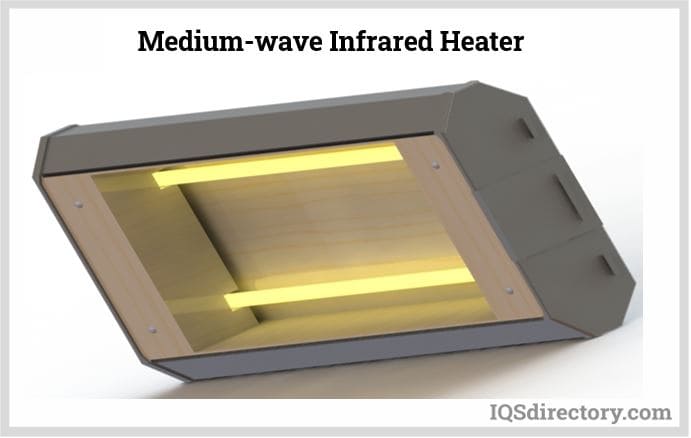
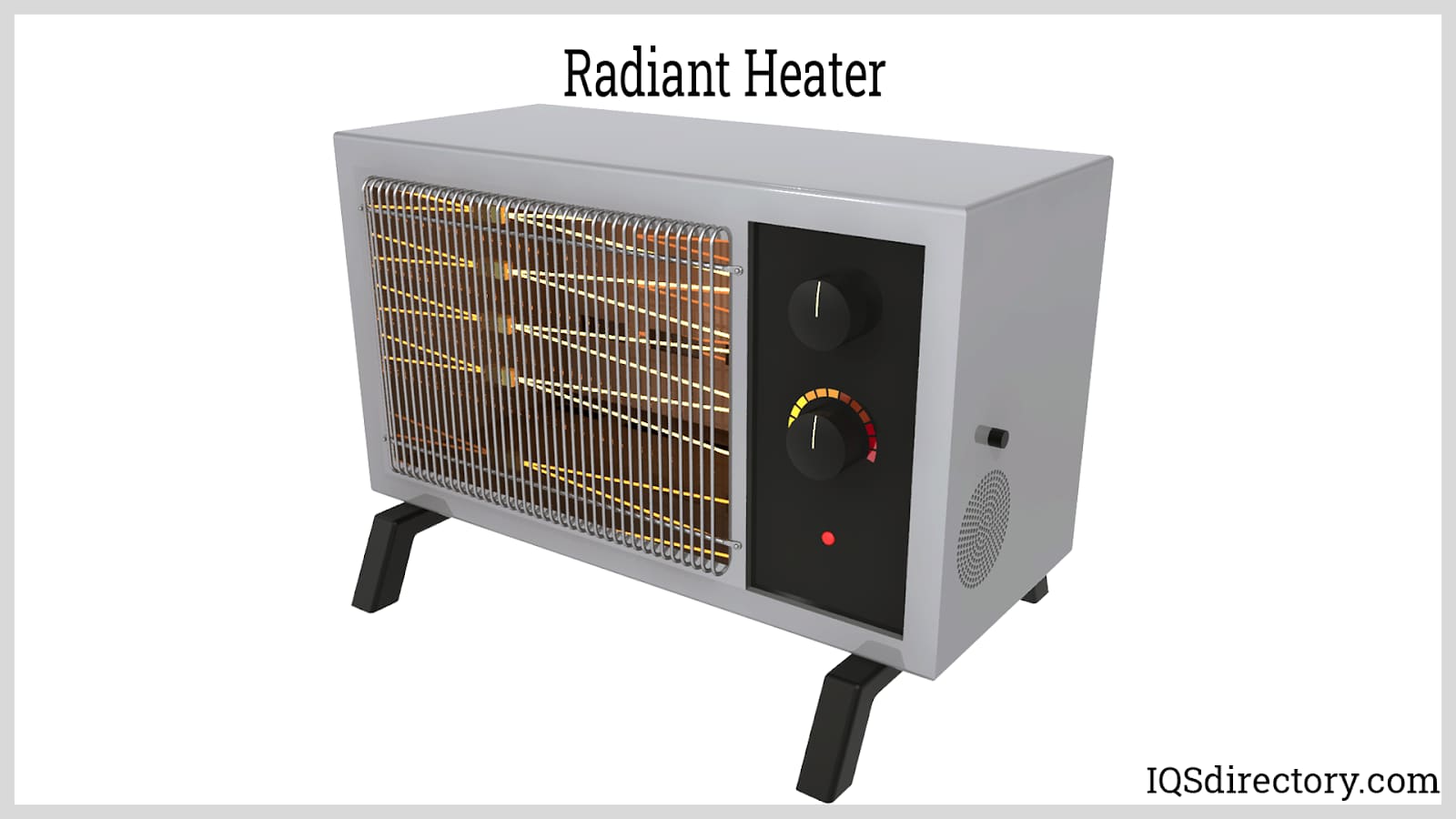
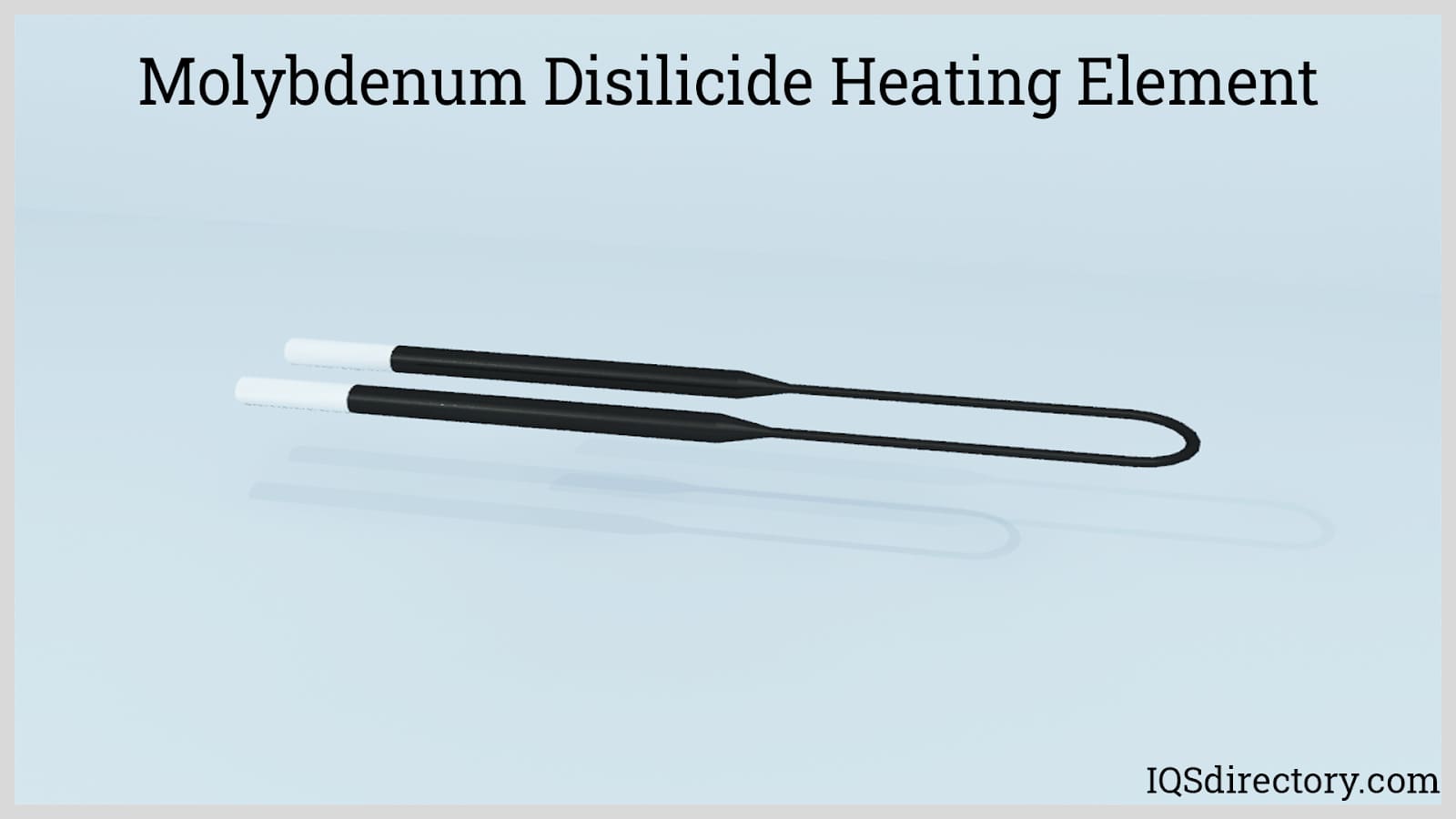
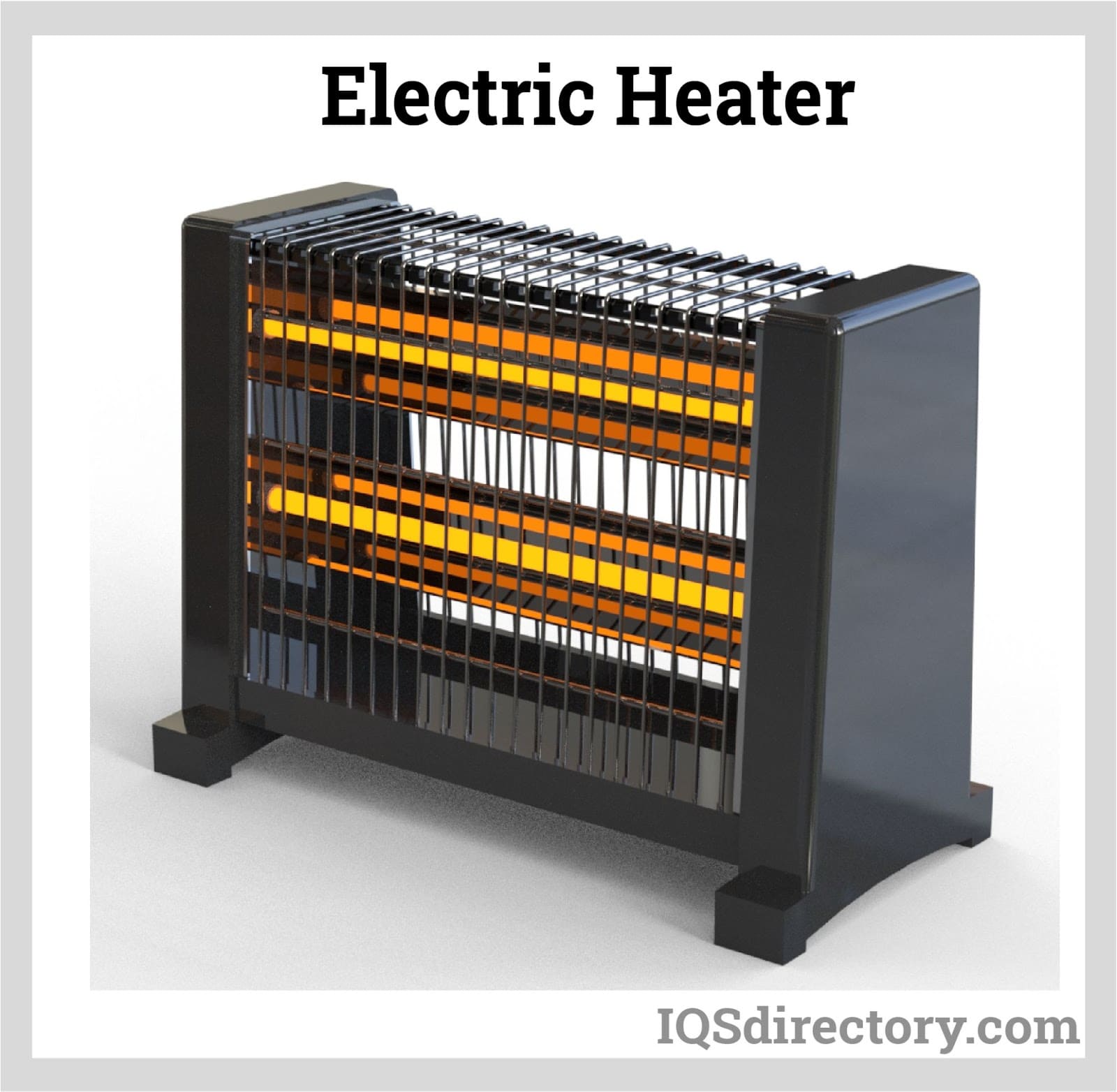
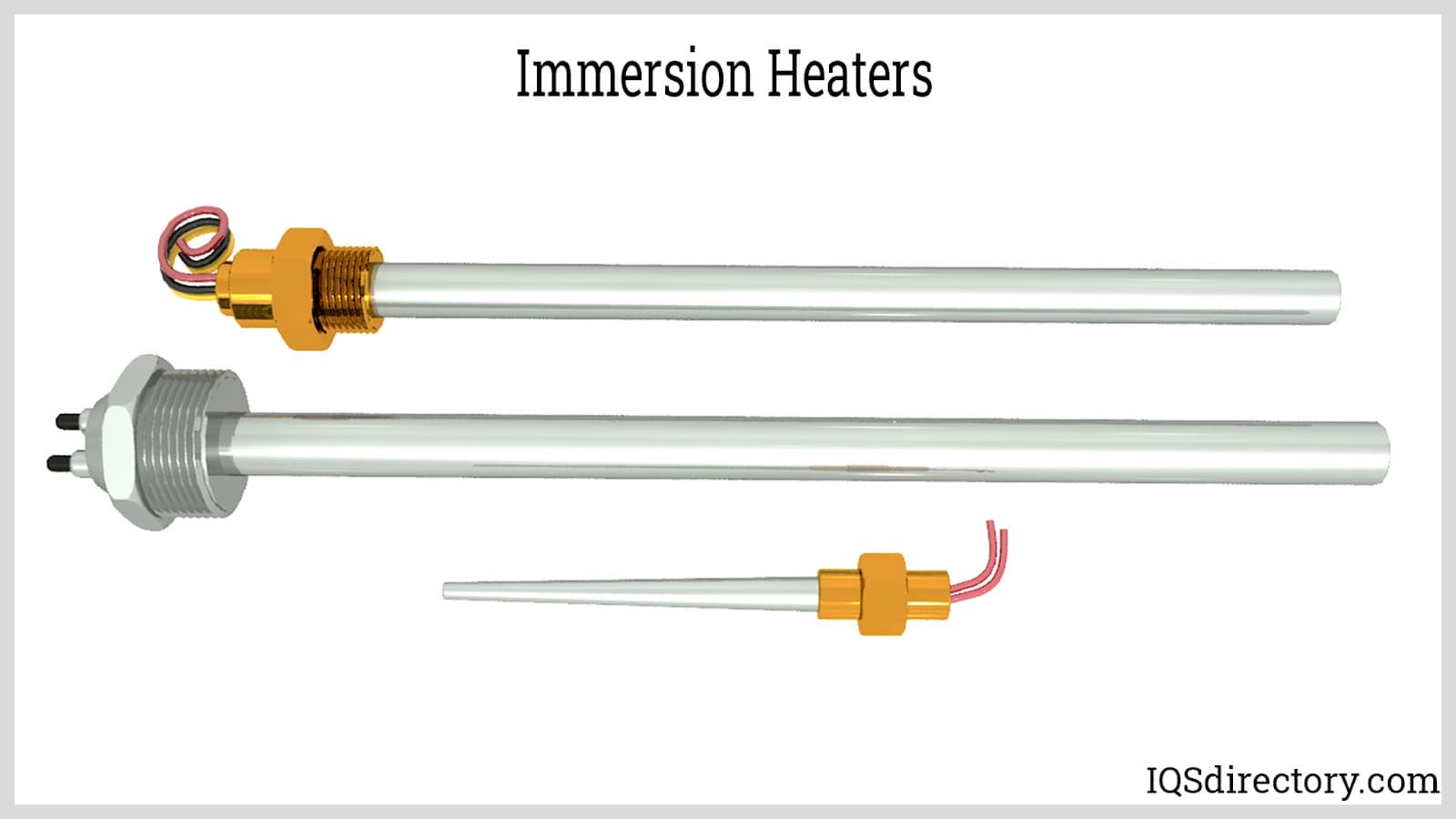
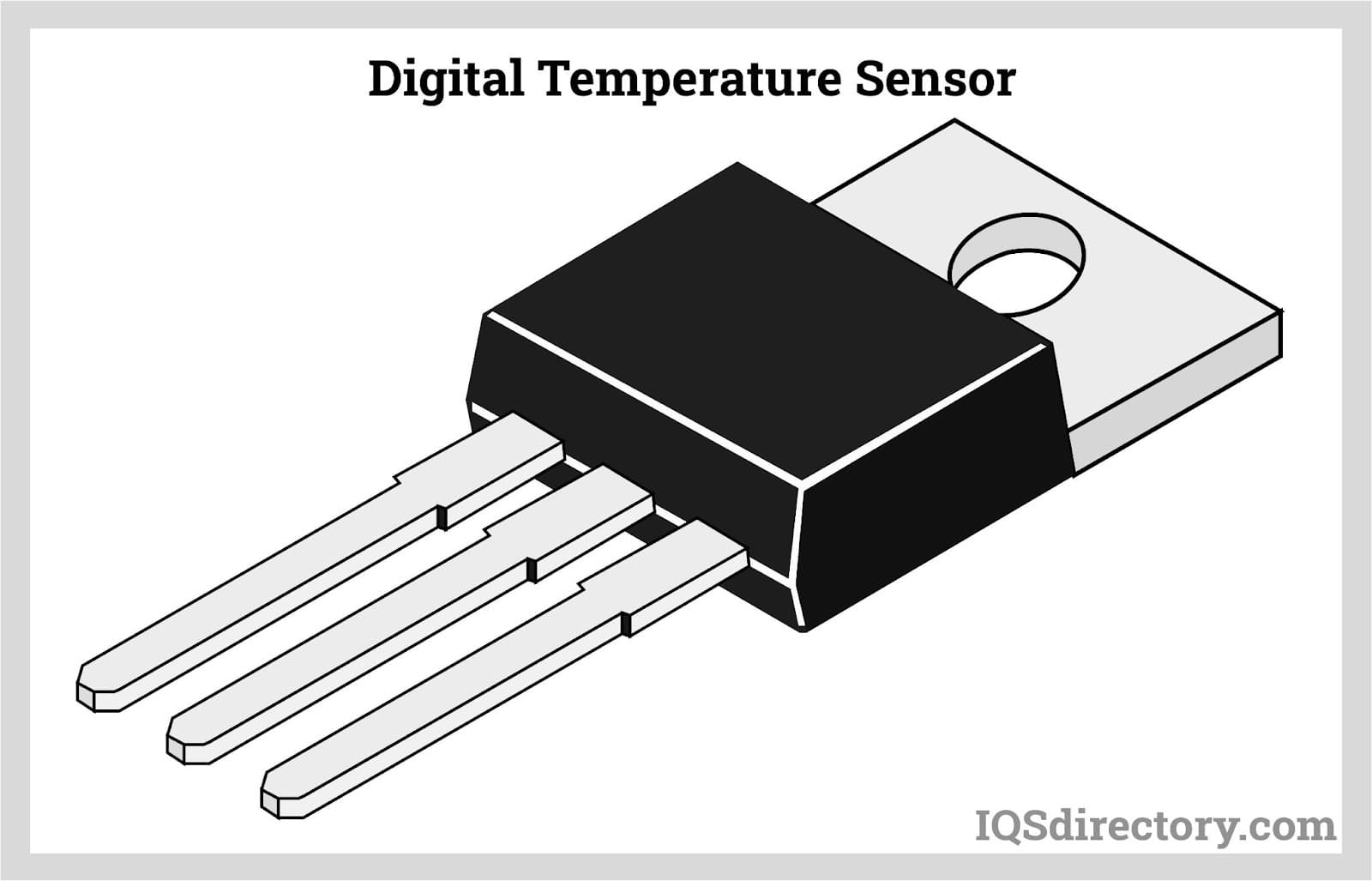
 Cartridge Heaters
Cartridge Heaters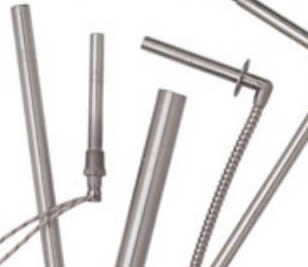 Electric Heaters
Electric Heaters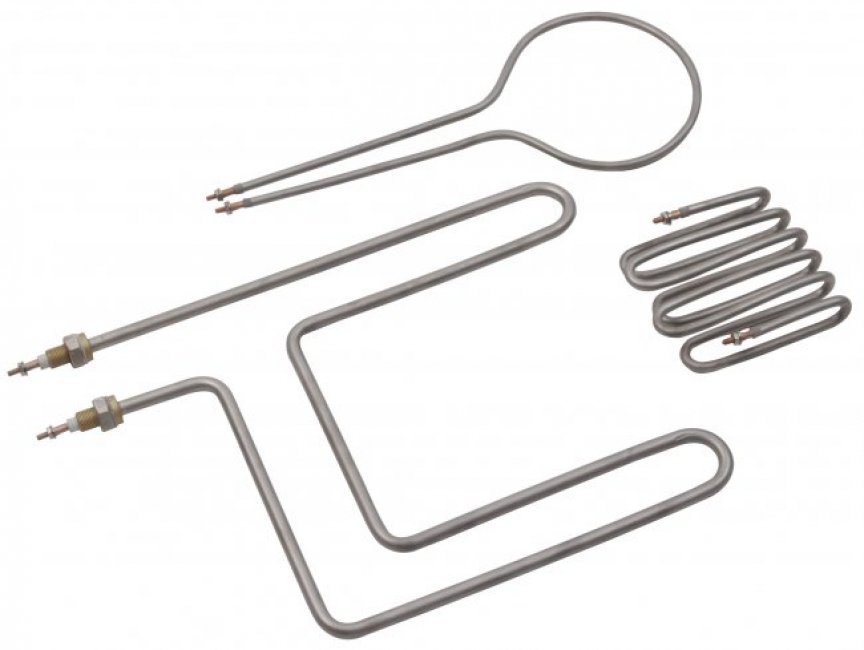 Heating Elements
Heating Elements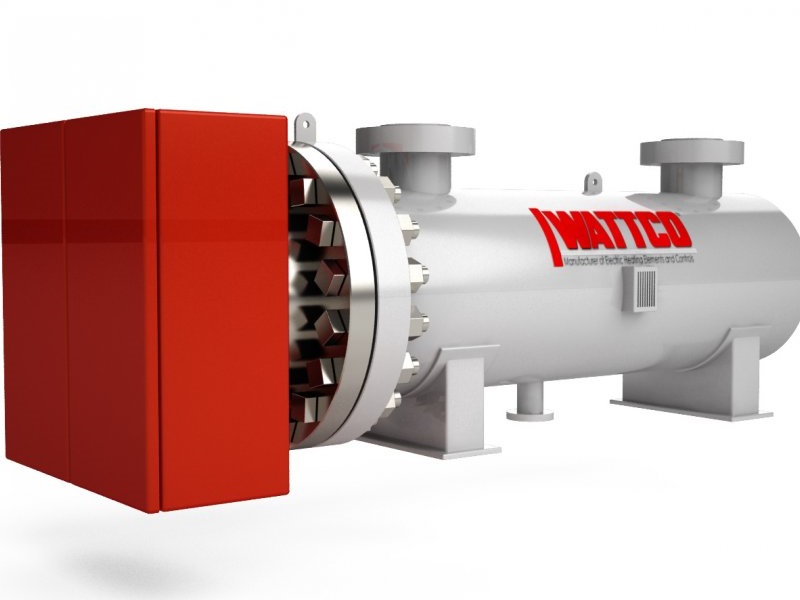 Immersion Heaters
Immersion Heaters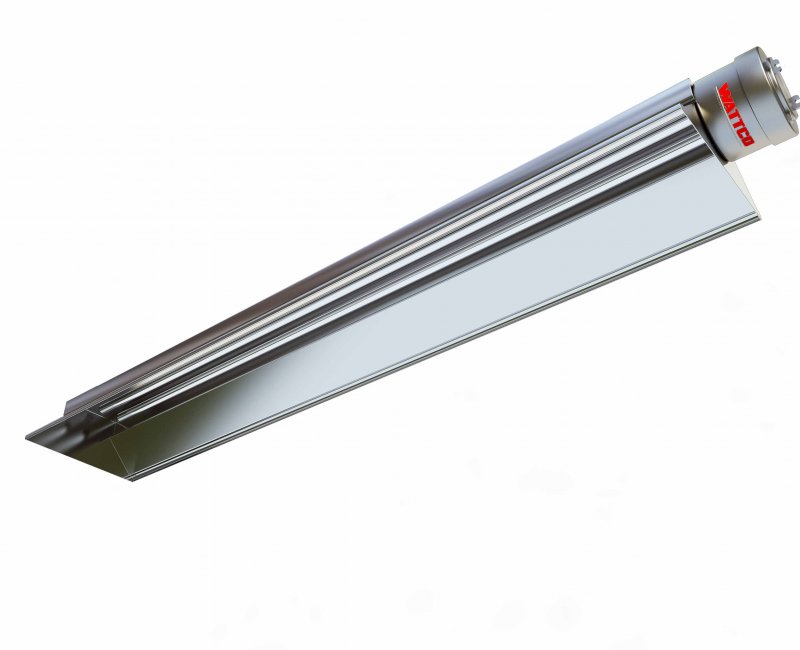 Infrared Heaters
Infrared Heaters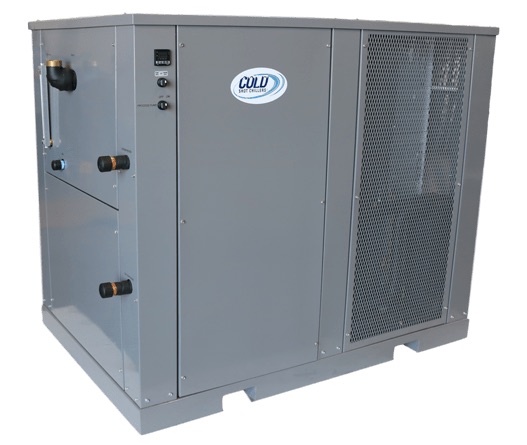 Air Conditioners
Air Conditioners Castings & Forgings
Castings & Forgings Bulk Material Handling
Bulk Material Handling Electrical & Electronic Components
Electrical & Electronic Components Flow Instrumentation
Flow Instrumentation Hardware
Hardware Material Handling Equipment
Material Handling Equipment Metal Cutting Services
Metal Cutting Services Metal Forming Services
Metal Forming Services Metal Suppliers
Metal Suppliers Motion Control Products
Motion Control Products Plant & Facility Equipment
Plant & Facility Equipment Plant & Facility Supplies
Plant & Facility Supplies Plastic Molding Processes
Plastic Molding Processes Pumps & Valves
Pumps & Valves Recycling Equipment
Recycling Equipment Rubber Products & Services
Rubber Products & Services